CES 2023: A Sampling of Product Diversity
In a previous article, I provided my overall impression of CES and highlighted the diversity of product areas at the show. This article covers a sampling of exhibits representing the expanding footprint of consumer electronics.
I was impressed by the wide variety of products, well beyond the usual video and audio products. Here are CES highlights of products that I found unusual. A separate show featuring more than 70 tabletop exhibits, mostly from small companies and startups, was organized by Showstoppers (www.showstoppers.com) for members of the press at the Bellagio Hotel. My selection of products for this paper is based on exhibits from both CES and Showstoppers.
With most of these product descriptions, I included a web address (URL) of the manufacturer and a video URL about the product on YouTube. Each URL was checked before publication but may change or be removed by the creator or by YouTube.
A wireless TV (www.displace.tv)
DisplaceTV introduced a wireless 55-inch TV that can be mounted by sticking it to a wall or window using “active loop vacuum technology.” A larger viewing area can be created by snapping together multiple TVs:
- Combine four TVs for a 110-inch TV with 8K resolution.
- Combine 16 TVs for a 220-inch TV with 16K resolution.
The TV has no wire connections for data or power. Communications is via Wi-Fi 6E (6-GHz band), which may be upgraded to Wi-Fi 7. The TV is powered by a hot-swappable battery that lasts a month on a single charge with six hours of usage per day. Instead of a remote-control unit, the user interacts with the TV with hand gestures to browse and play content. The TV uses OLED display technology and weighs less than 20 pounds. The cost is $3000 for one TV and base unit; $9000 for four TVs and one base unit.
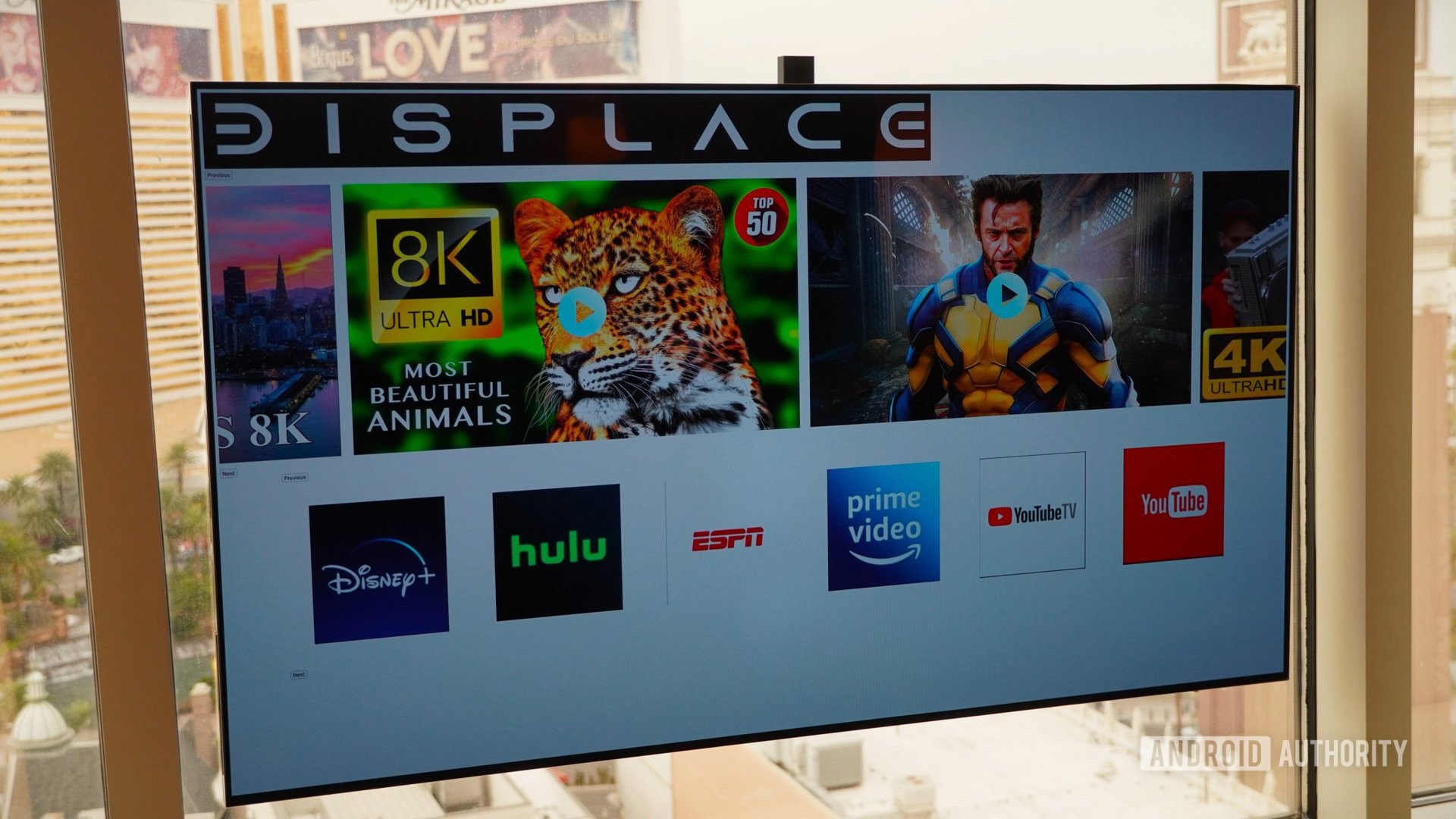
DisplaceTV Sticks to a Wall or Window
www.youtube.com/watch?v=chVyHEADcms
The latest in hearing aids (www.eargo.com)
Eargo is a medical device company that started in 2011 by making hearing aids. The Eargo 7 includes “Sound Adjust+” with clarity mode. The device looks like a fly-fishing hook, sits in the ear canal, and is touted as “Virtually invisible.”
Eargo is part of the new generation of hearing aids being sold without a prescription, now allowed by the United States Food and Drug Administration (FDA). These aids are intended for mild-to-moderate frequency-deficit hearing loss and adjust to the sound environment. These devices are water resistant, although swimming with them inserted is not recommended. The rechargeable battery lasts for about two-to-three days. The cost is $2600 for two devices and a charger, which is touted as half the cost of competing products. They are returnable during a 45-day trial period and include a two-year warranty and lifetime support.
According to Dr. Clifford Olsen of Applied Hearing Solutions in Anthem Arizona:
- Eargo offers noise reduction.
- Eargo offers an online hearing test in lieu of an examination.
- The purchaser must buy two units at a time.
- There is no preventive maintenance.
- Support devices are expensive.
- There is no amplification beyond 7 kHz.
- There is no custom programming to individual hearing loss.
- The device has four volume settings.
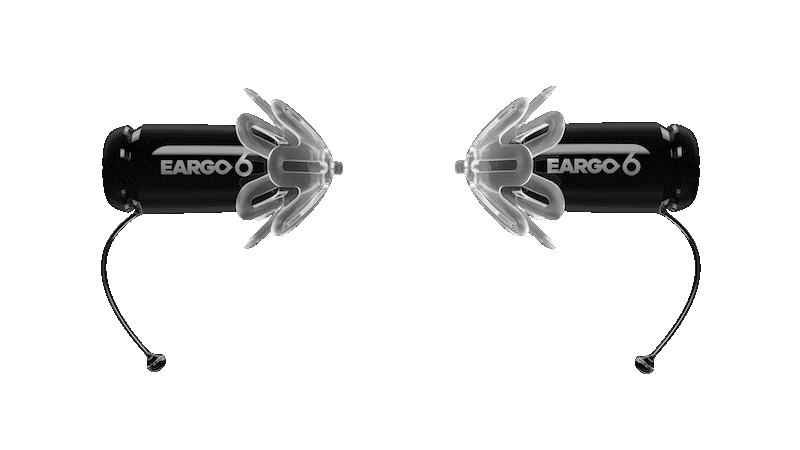
Eargo Hearing Aids
www.youtube.com/watch?v=Sp46dXEwlLc
Programming for kids (www.educationalinsights.com)
Educational Insights makes the PYXEL to teach computer programming to children 8-14 years old. The teaching tool is a “Pet That Teaches YOU New Tricks.” According to the company, “Whether you’re a coding pro or first-time coder, PYXEL is ready to be your loyal companion. The PYXEL’s interface features step-by-step instructions for writing code in Python and exploring the incredible possibilities of Blocky.”
Python is an open-source high-level, general-purpose programming language. Its design philosophy emphasizes code readability with the use of significant indentation. Blocky is a drag-and-drop visual programming tool that introduces children as young as six to fundamental programming concepts including sequencing, loops, sensors and events, functions, variables, and conditionals through creative problem solving. PYXEL connects a phone, tablet, or PC to a pet robot. The cost is $124.99 from Amazon.
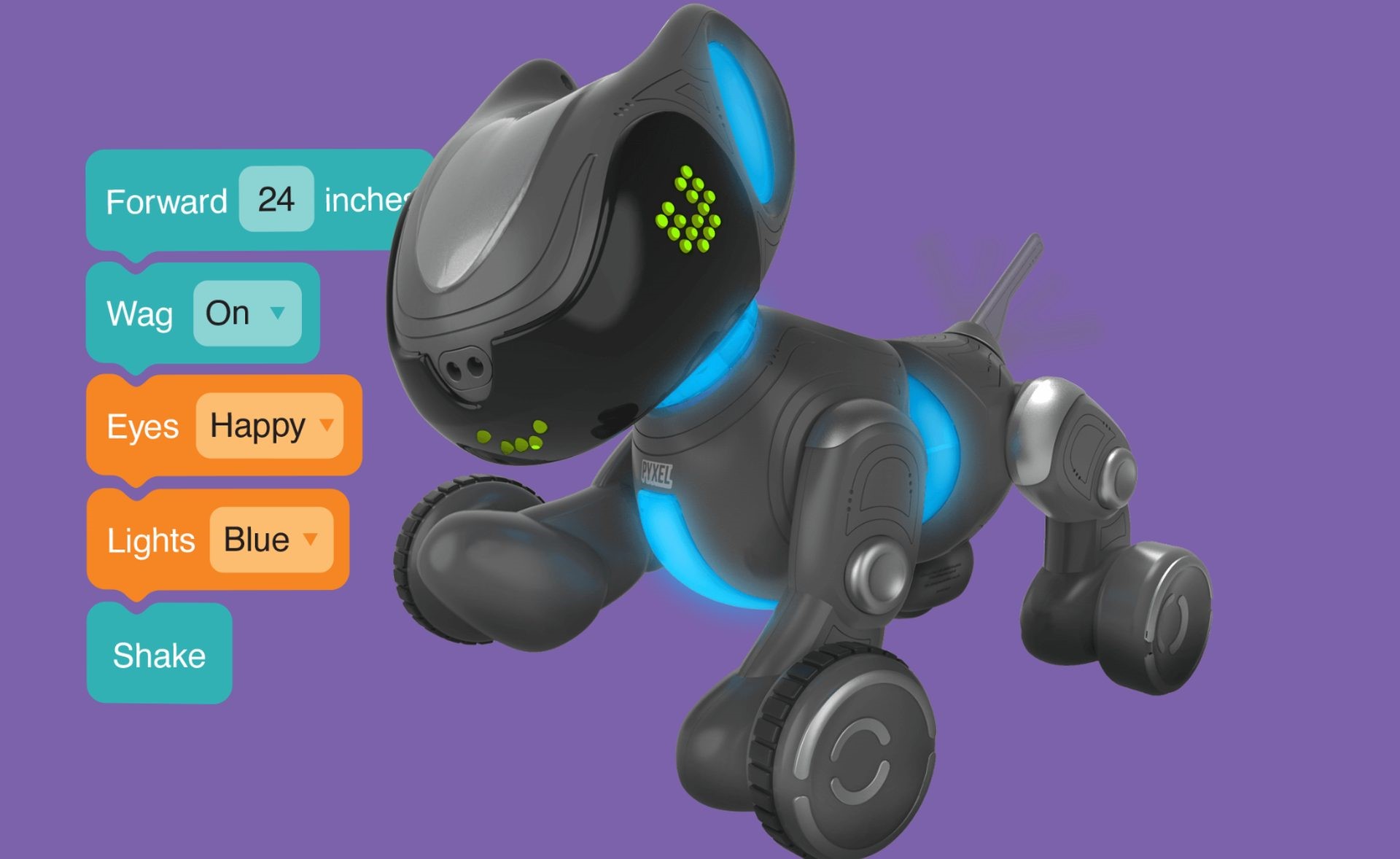
PYXEL from Educational Insights
www.youtube.com/watch?v=1E4IoH8gUE4
Avatar for health care (www.electroniccaregiver.com)
Electronic Caregiver has created a computer-based human-like avatar called Addison to deliver healthcare like a nursing assistant. The company Founder and CEO Anthony Dohrmann explained that virtual care is becoming important because the US is facing “the largest implosion of retiring doctors.” According to Forbes:
Addison is an all-in-one Telecare solution, connecting the patient with primary care, emergency response, friends, and family. Users can tell Addison to call emergency services if they fall and can’t reach the phone, or to call their daughter to remind her to pick them up for an appointment in the morning. Should their vitals show signs of health decline, Addison will inform their caregiver and doctor.
The cost includes a one-time installation fee and a monthly service fee.
The technology uses peripheral Bluetooth devices for a custom care plan. Options include a glucometer, non-contact thermometer, pulse oximeter, blood pressure cuff, weight scale, and spirometer. Addison can be equipped with cellular backup communications and an uninterrupted power supply for additional protection during local power or Wi-Fi outages.
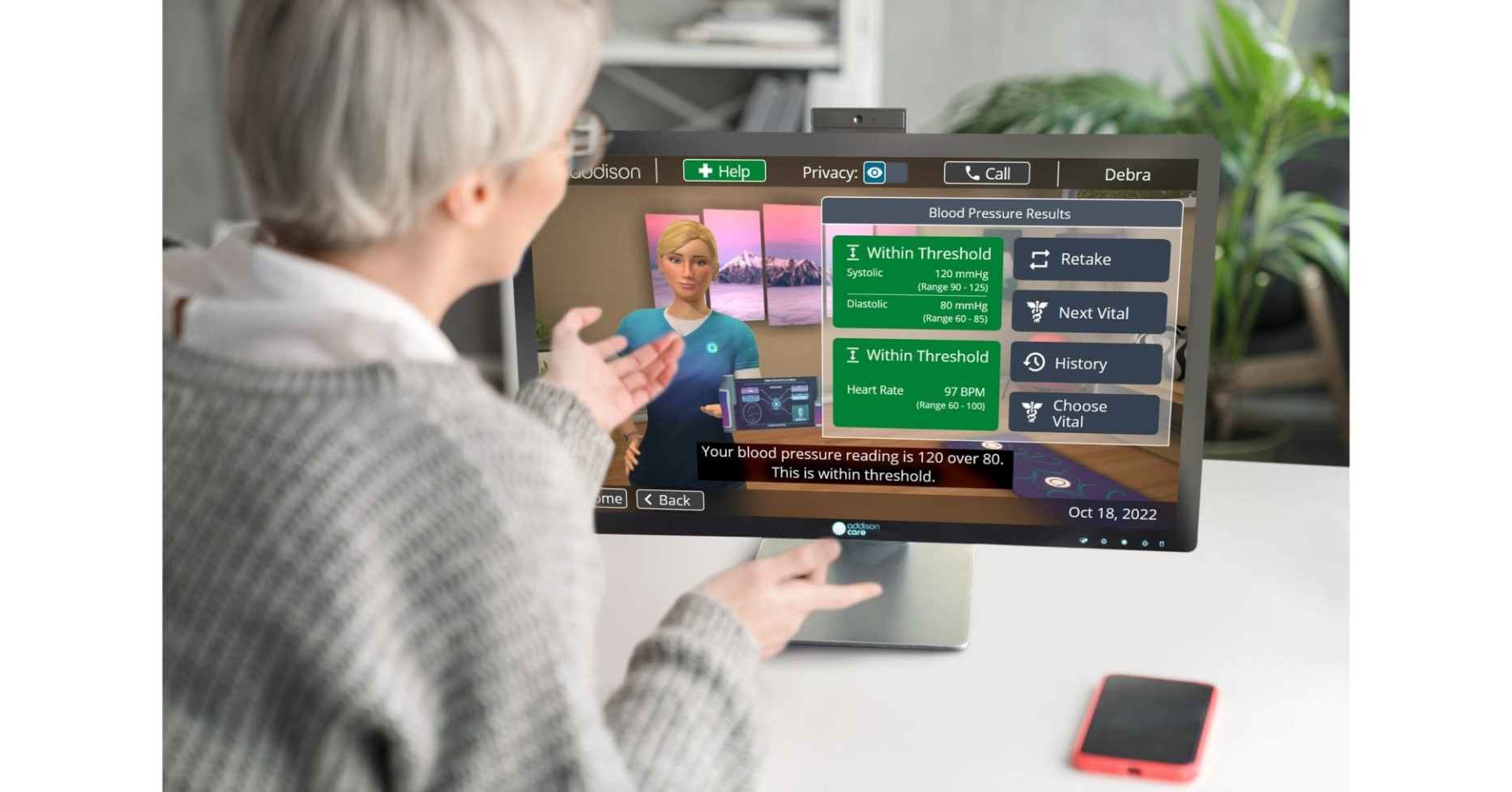
Addison, the Virtual Caregiver
www.youtube.com/watch?v=O_87GAQhiB0
DIY Robot (www.huenit.com)
HUENIT, a South Korean company, is offering a do-it-yourself robot based on a kit of components. It is being marketed for STEM (science, technology, engineering, and math) education, and food and beverage services. The pre-order prices range from $2049-$2999.
The technology is controllable via Wi-Fi and Bluetooth. Options include an AI camera with facial recognition, laser for burning inscriptions, 3D printer, soft gripper, suction, penholder, and a creator module for custom projects.
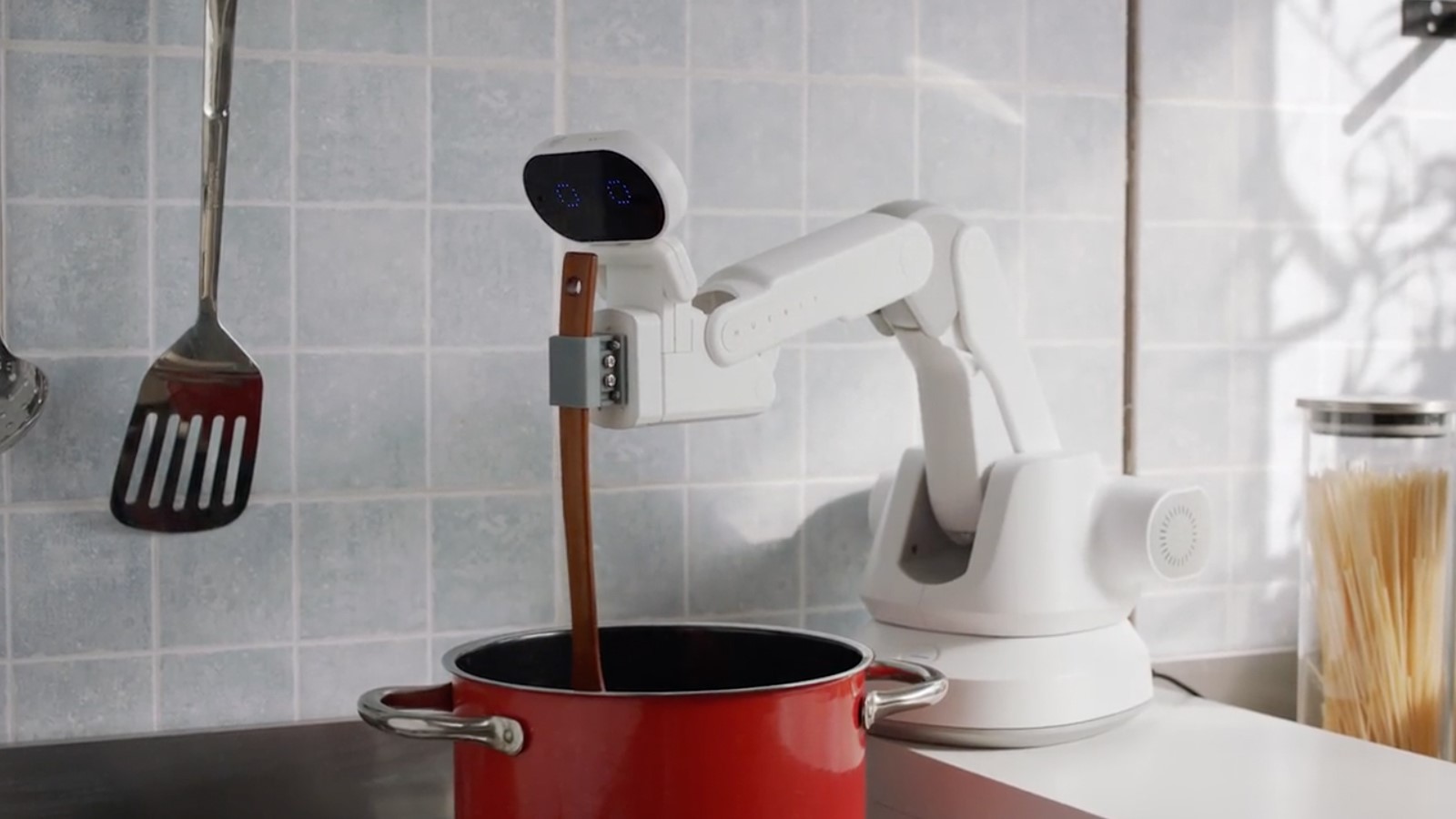
DIY Robot from HUENIT
www.youtube.com/watch?v=lg05WQOhEvY
Wireless turntable (www.victrola.com)
Victrola developed the Onyx turntable to stream audio that is digitized from a vinyl record to a Sonos wireless loudspeaker system. The turntable has a Victrola silicone slipmat and is belt-driven with two speeds for playing 33-1/3 and 45 rpm vinyl records. Included is an Audio Technica AT-VM95E cartridge.
The Victrola Stream app allows easy setup and adjustments. It integrates with the Sonos app and includes RCA L/R outputs for use with non-Sonos speakers. The pre-order price is $600.
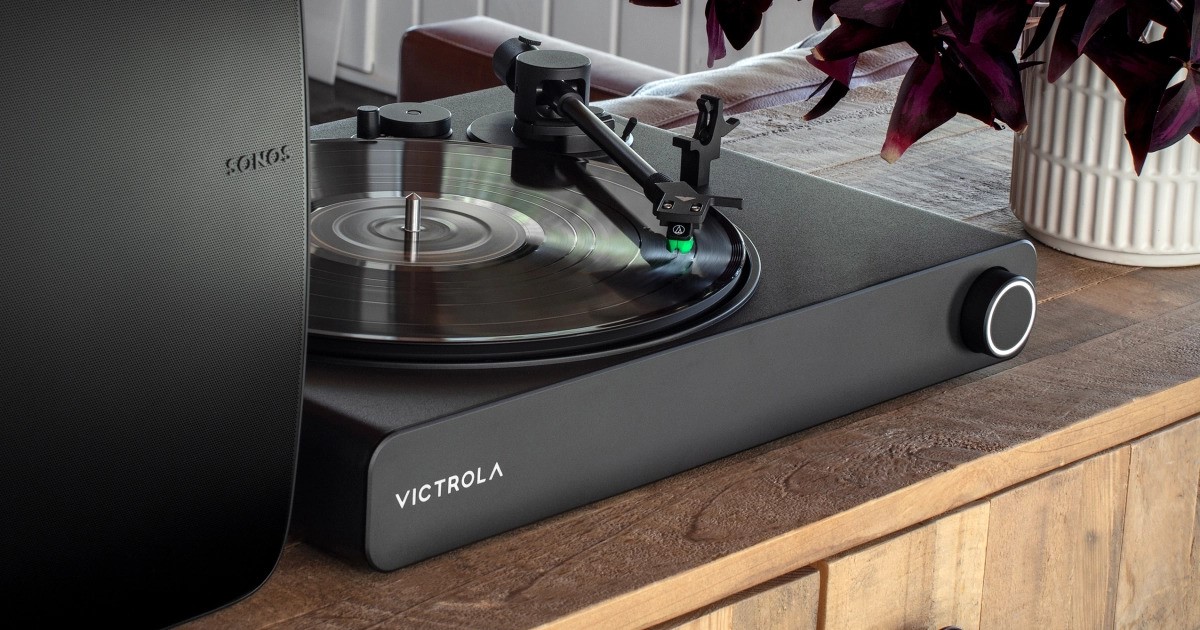
Wireless Turntable from Victrola
www.youtube.com/watch?v=Sh-nwkqOBpk
Portable power (www.jackery.com)
Jackery is one of many companies offering power systems consisting of batteries and solar panels for applications ranging from camping to whole-house power. The product shown here includes a battery holding 1000 Wh (delivering 200 Watts for 5 hours on a full charge) for $1099. The battery can be charged from the electric utility or from solar panels.
The battery plus four solar panels costs $3999. Various combinations of battery sizes and solar panels are available.
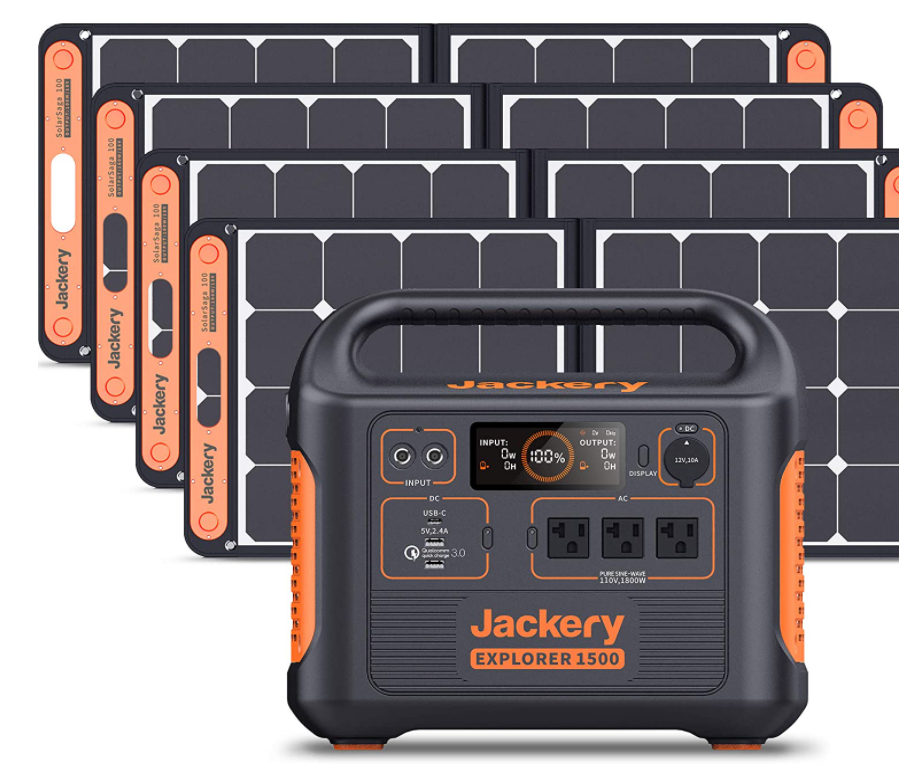
Jackery Portable Power
www.youtube.com/watch?v=8GAqwHSyzkk
Personal clean air (www.respiray.com)
This unusual product from Respiray, a startup in Estonia, provides a personal clean air supply. The product is a wearable air purifier called Respiray Wear A+. It delivers personal filtered air using a HEPA filter. The product is recommended around pets, when cleaning, and when working in a dusty environment. It is battery powered for eight hours per charge (using a USB-C interface). The price is $119 plus $9.95 per HEPA filter or $6.10 for a subscription to two filters every three months.
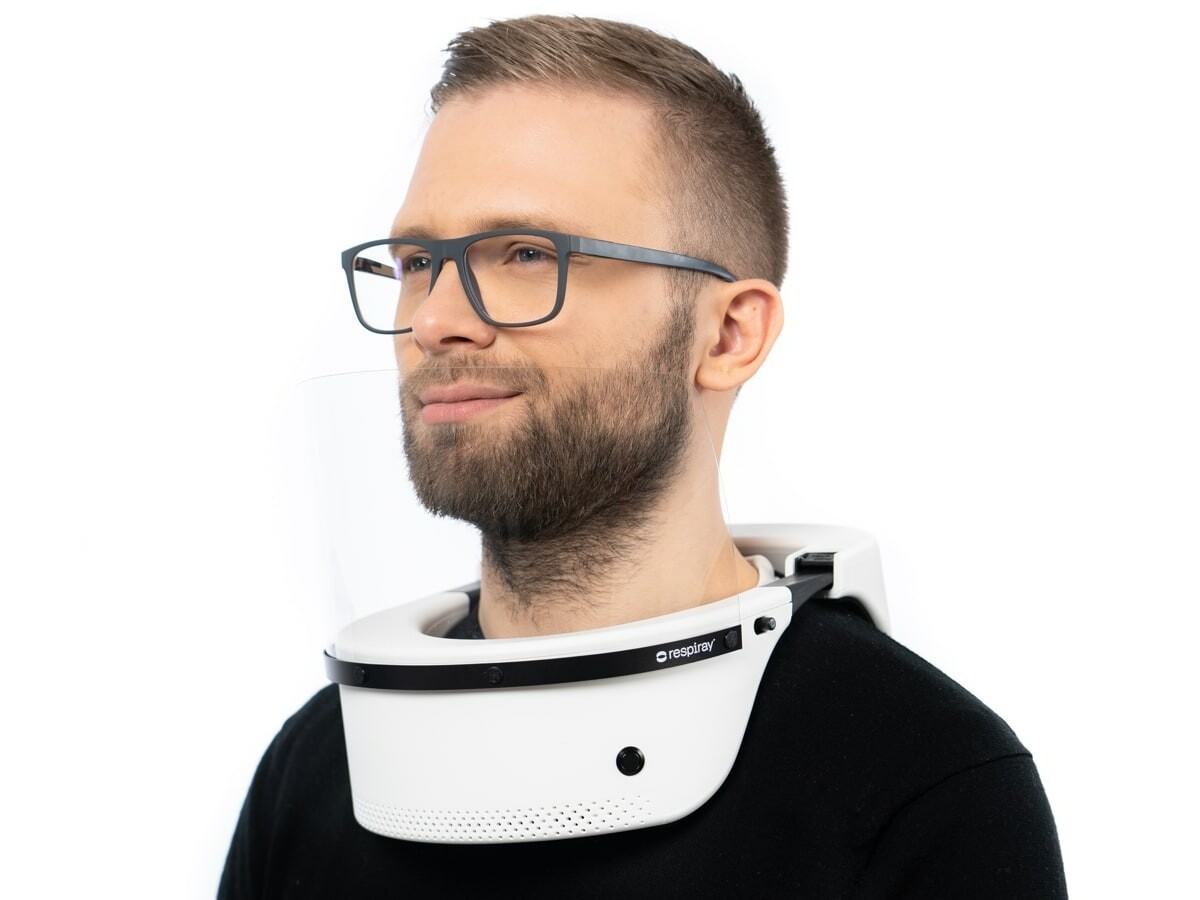
Respiray Personal Air Purifier
www.youtube.com/watch?v=kdEYWJl5eS0
Easy set-up projector (www.xgimi.com)
XGIMI is a Chinese projection TV with a laser light engine. It provides 4K resolution and 2200 ANSI lumens for home theater use. It includes Smart TV features with Android TV from Google and Chromecast built-in for streaming support. The cost is $1400.
A new feature in this projector is automatic keystone correction including AI object avoidance, autofocus, and Intelligent Screen Alignment (if the projector is not perpendicular to the screen). Also, the projector will automatically realign the image to the screen if the projector is bumped. The unit includes two eight-Watt Harman Kardon speakers with DTS-HD, DTS-Studio Sound, Dolby Audio, Dolby Digital (DD), and Dolby Digital Plus (DD+).
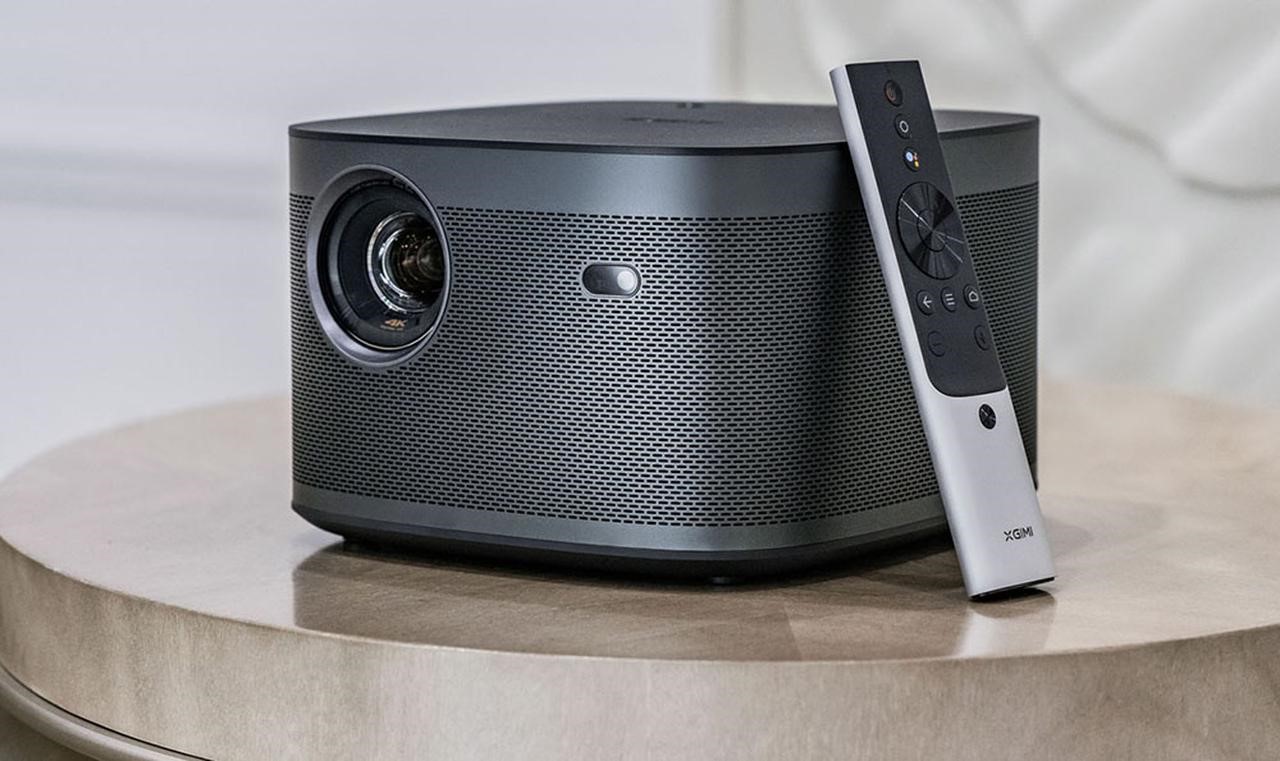
XGIMI Projector & Auto-adjust
www.youtube.com/watch?v=93C8nSJlDsY&t=79s
Automatic eye drop dispenser (www.eyenovia.com)
Eyenovia Optejet is a delivery tool for dispensing single dosages of eye medications. The dosage is measured and controlled so the medicine delivered is up to 80% less than from an eyedropper. The cost for one administration of dilation medicine (tropicamide and phenylephrine) is $50.
A pre-measured dosage is squirted into the eye while standing. This eliminates the need to dispense from a bottle and possibly miss the eye and waste the medicine. The device can track compliance via a Bluetooth communications link. It is approved for in-office administration of pupil dilation, but not yet approved for consumer use.
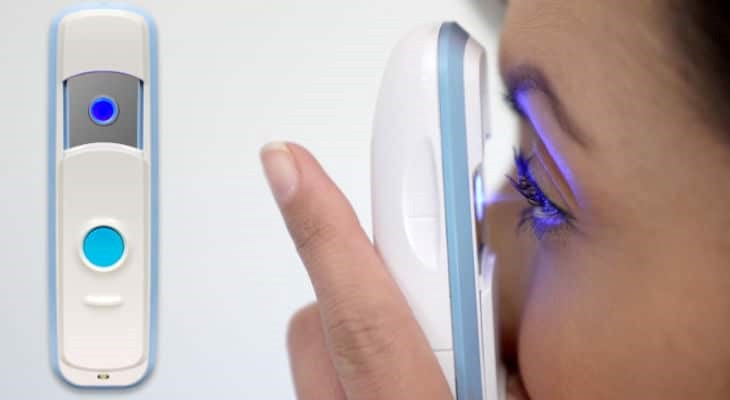
Eyenovia Optejet Eye Drop Dispenser
www.youtube.com/watch?v=y_iZCaLcrxc
Better dentistry with robotics (www.neocis.com)
The Yomi robot from Neocis is intended to assist the general practitioner dentist with specialty procedures such as dental implants. The goals of Yomi are to:
- Deliver a better patient experience
- Boost practice efficiency
- Expand treatment offerings
- Allow the dentist to provide same-day surgery
The cost is $150,000 plus a fee per implant.
The robot features a minimally invasive technique using standard drill kits with flexibility, unobstructed visibility, and irrigation. Included is multi-sensor feedback to prevent drill deviation and over-drilling by adjusting to patient movement in real time. The goal is to assist the dentist in accurate implant placement.
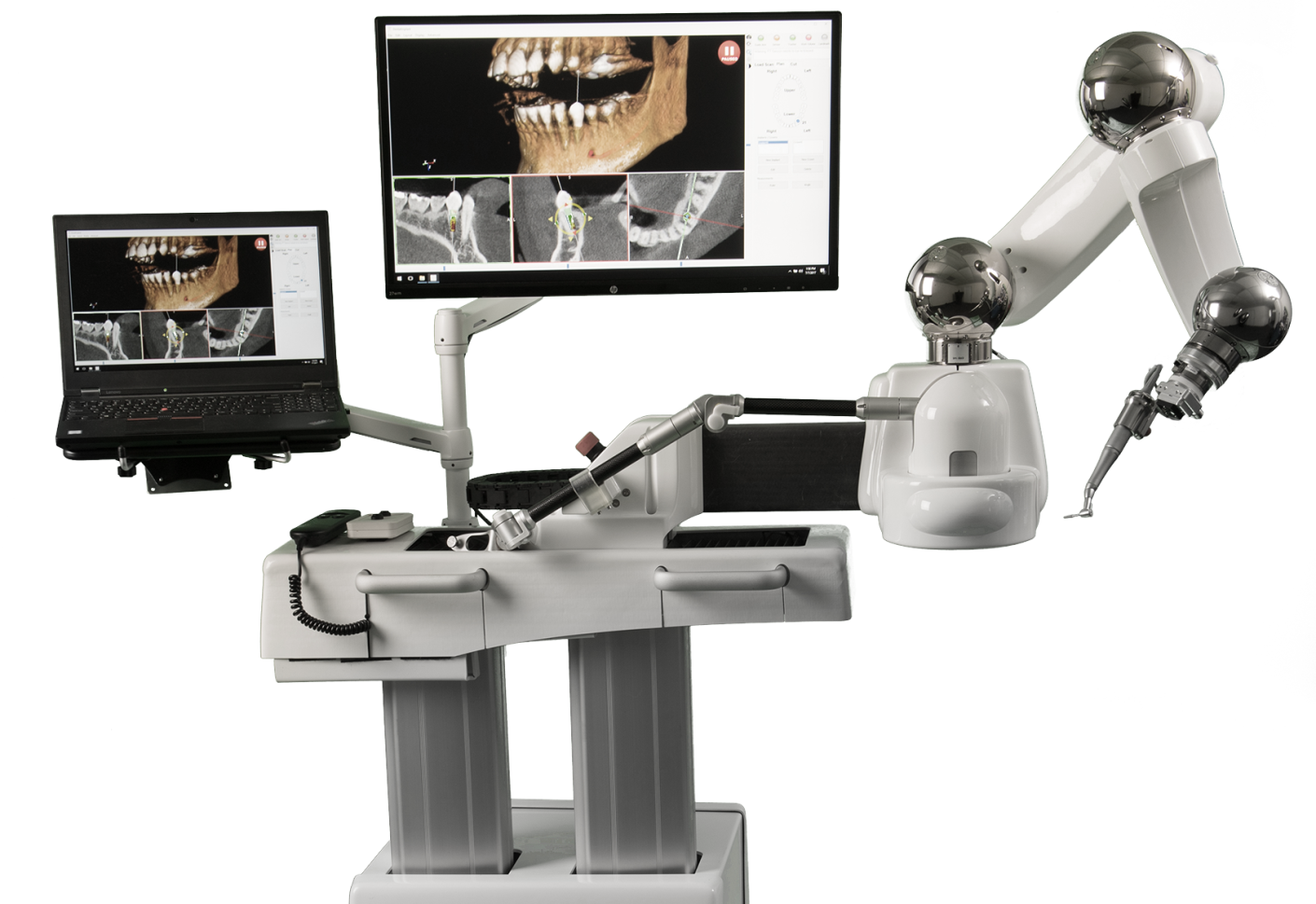
Yomi, the Dentist’s Robot Assistant
www.youtube.com/watch?v=FfeN5jP6N5I
What color is your next car? (www.bmw.com)
Color choice is an important determinant in a car purchase. BMW is planning to offer the ultimate in color flexibility by allowing the color to be changed. The technology is based on E-ink, as used in the Kindle tablet.

A BMW with a Color Pallet
www.youtube.com/watch?v=79dWf3HB2HQ
Sleep Tech (www.frenzband.com)
The FRENZ Brainband from Earable Neuroscience is advertised as promoting deep relaxation and sleep. It delivers personalized content by bone conduction and reduces the time to fall asleep. As the company explains, “Earable Neuroscience in a deep tech company delivering scalable, human-centric solutions that improve everyday experiences.” The cost is $490.
The technology tracks brain EEG (electroencephalogram), eye movement, facial muscle movement, heart rate, breathing, and head motion. This product is offered in the category of “sleep tech.” The “sleep economy” is expected to generate more than $500 million by 2024.
“The sleep tech industry needs to move from just tracking to closing the loop with personalized interventions and solutions. People need their own sleep assistant and coach to truly sleep well and live well,” according to the company co-founder, Dr. Robin Deterding. He is the Chief of Pediatric Pulmonology and Sleep Medicine at the University of Colorado and the Medical Director of the Breathing Institute at the Children’s Hospital Colorado. The company adds, “According to the [VA] Center for Integrated Healthcare (2013), deep relaxation is an active skill that you can learn to gain better control over your body. Deep relaxation aims to release tension and lessen the wear and tear of life’s challenges on the mind and body.” www.youtube.com/watch?v=4xteRCbyJI0
An exoskeleton for restful work (www.archelis.com/en)
Archelis, a Japanese company, developed an exoskeleton for factory use to “reduce the physical burden and improve work performance.” It supports a standing posture and stabilizes the trunk by supporting body weight at the shins and thighs. It can reduce a medical doctor’s fatigue during a long surgery (it was created by a physician). TechCrunch, an online newspaper, calls this “A chair you can wear.” The cost is about $3000.
The frame is built from FlexCarbon™ woven carbon fibers, which are 25% lighter than metal. The foot structure is easy to wear like ski boots. The exoskeleton weighs between four and six pounds and supports a 175 to 200-pound person plus the load carried. The entire structure is mechanical with no electronics.
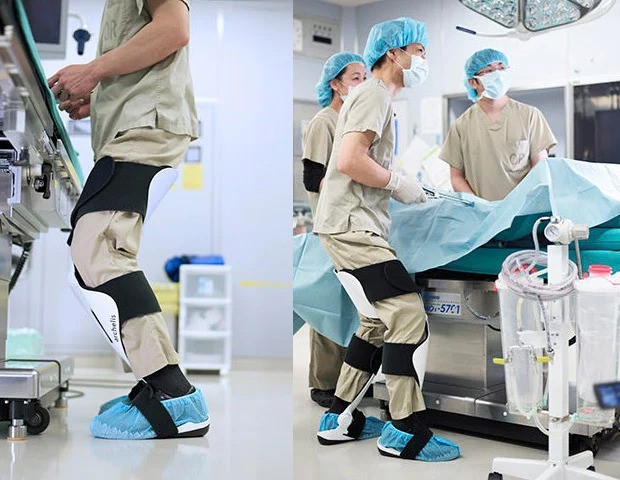
The Archelis Exoskeleton for Stress Reduction
www.youtube.com/watch?v=pTkg5SGnvYw
Speech clarity (www.soundfun.net)
The Mirai Speaker from Japanese maker SoundFun is designed for a hearing impaired person to improve dialogue clarity. It offers “Better sound not louder sound.” According to the company, “The Mirai Speaker’s cutting edge AudibleWave delivers crisp clear dialogue that is easier for most people to understand.” The cost is $199.
This speaker is connected to a TV analog or digital audio port via an earphone jack or optical audio jack.
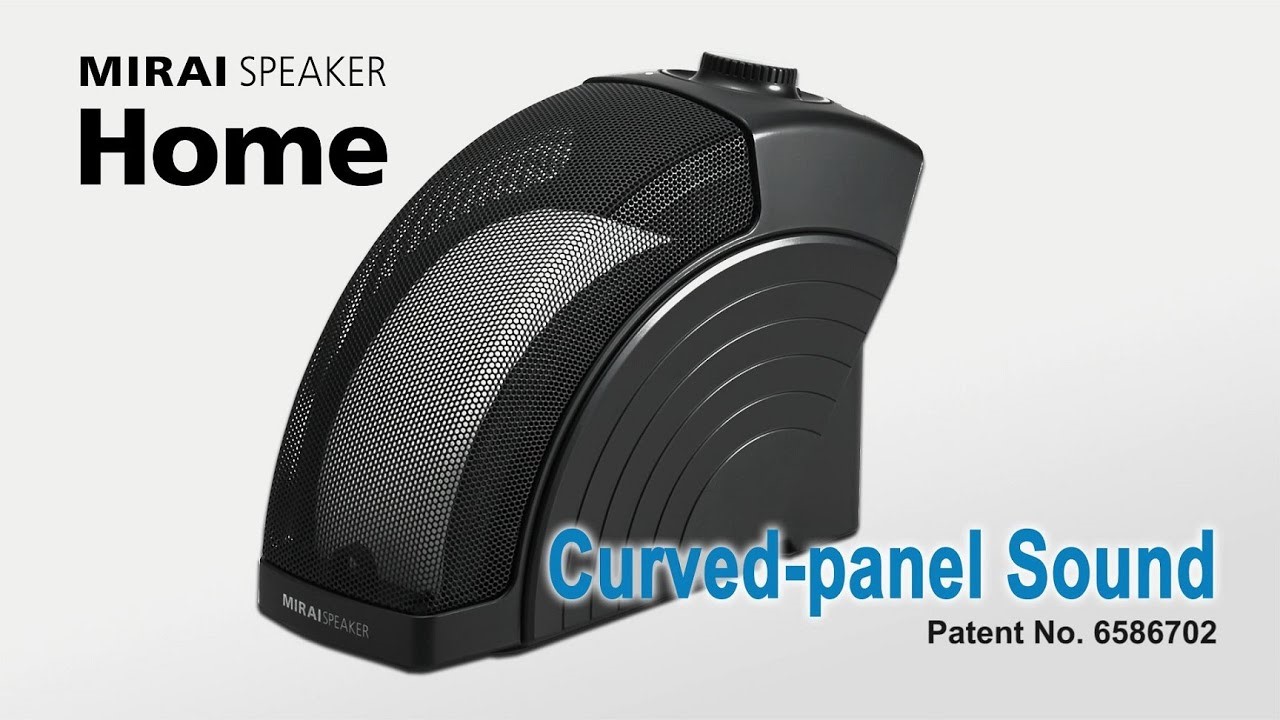
Mirai Speak for Speech Clarity
www.youtube.com/watch?v=al6zNmyf7H4
© Copyright 2023 Kenneth P. Wacks
Dr. Ken Wacks has been a pioneer in establishing the home systems industry and a management advisor to clients worldwide. His business specialties include IoT (Internet of Things), cybersecurity, standards for home and building systems, AI-based energy management including renewables, and digital media networks. He also provides due-diligence for investors and expert witness services for litigants including patent, employment non-compete, and trade secret cases. Please visit kenwacks.com or contact Ken at +1 781 662-6211; [email protected]; www.kenwacks.com


